Ciência e Tecnologia
29 de maio de 2023
WHO launches largest collection of health data in the world – Level 3
Article published in Joca 206
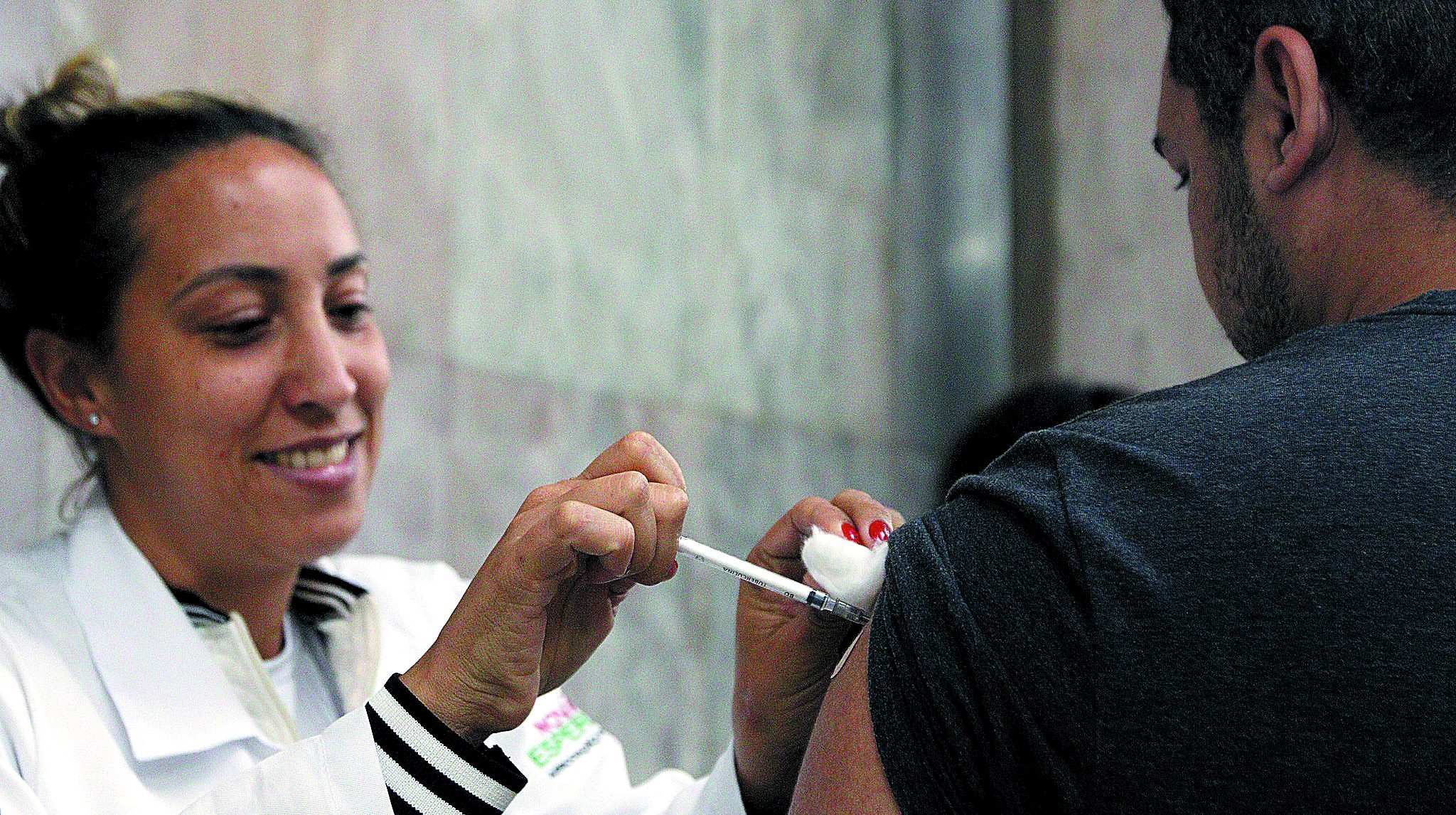
On april 20th, the World Health Organization (WHO) launched the largest set of disaggregated health data in the world. This kind of information is the one that splits data into smaller parts, for example, by separating a country’s population into categories such as gender, age, and social class. This is important to assess the existing inequality within a particular group of people.
To this end, the WHO has used over 15 sources, with close to 11 million secure health data, and organized it in the Health Equity Assessment Toolkit, a software program. Some of the topics explored include: the Sustainable Development Goals (SDG)s, Covid-19, infant health, and access to medical care.
One example of this kind of data is the number of people who have received one dose of the Covid-19 vaccine, based on their education level. In Brazil, as of May 2021, close to 51.4% of those with graduate degrees (courses after college) had already had one dose of the vaccine, while only 29.5% of those who did not finish middle school or high school had been vaccinated. Based on these figures, it is possible to analyze inequality among those with different levels of education.
“The ability to direct services to those who need them the most is vital to advancing health equity and improving lives “, said Tedros Adhanom, Director-General of the WHO, in a press announcement.
Sustainable Development Goals (SDG)
Are 17 global targets undersigned in 2015 by 193 countries at the United Nations’ (UN) headquarters in New York, United States. The document commits to meeting the 17 goals that combat issues such as inequality, hunger and pollution, by 2030.
Sources: Fiocruz and WHO
Ixi! Você bateu no paywall!
Ainda não é assinante? Assine agora e tenha acesso ilimitado ao conteúdo do Joca.

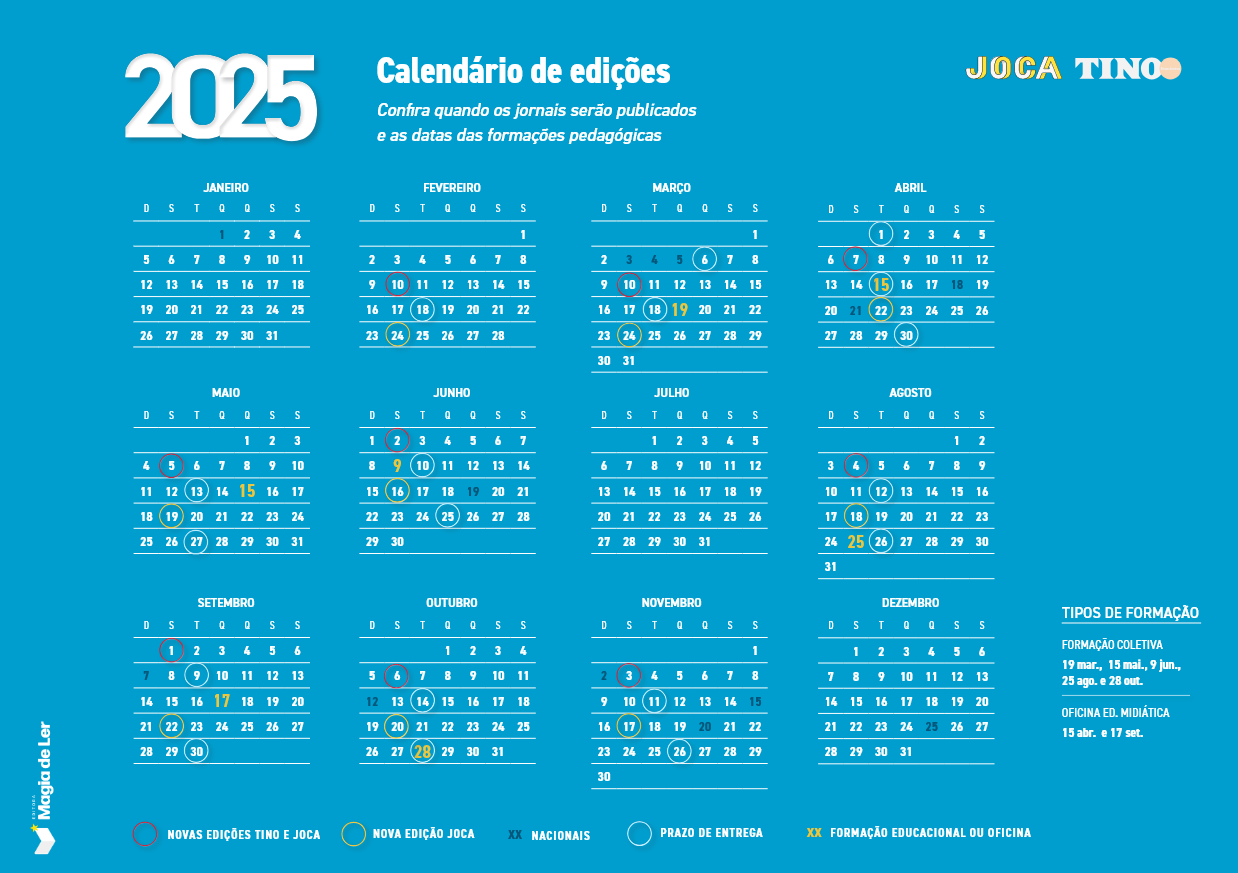
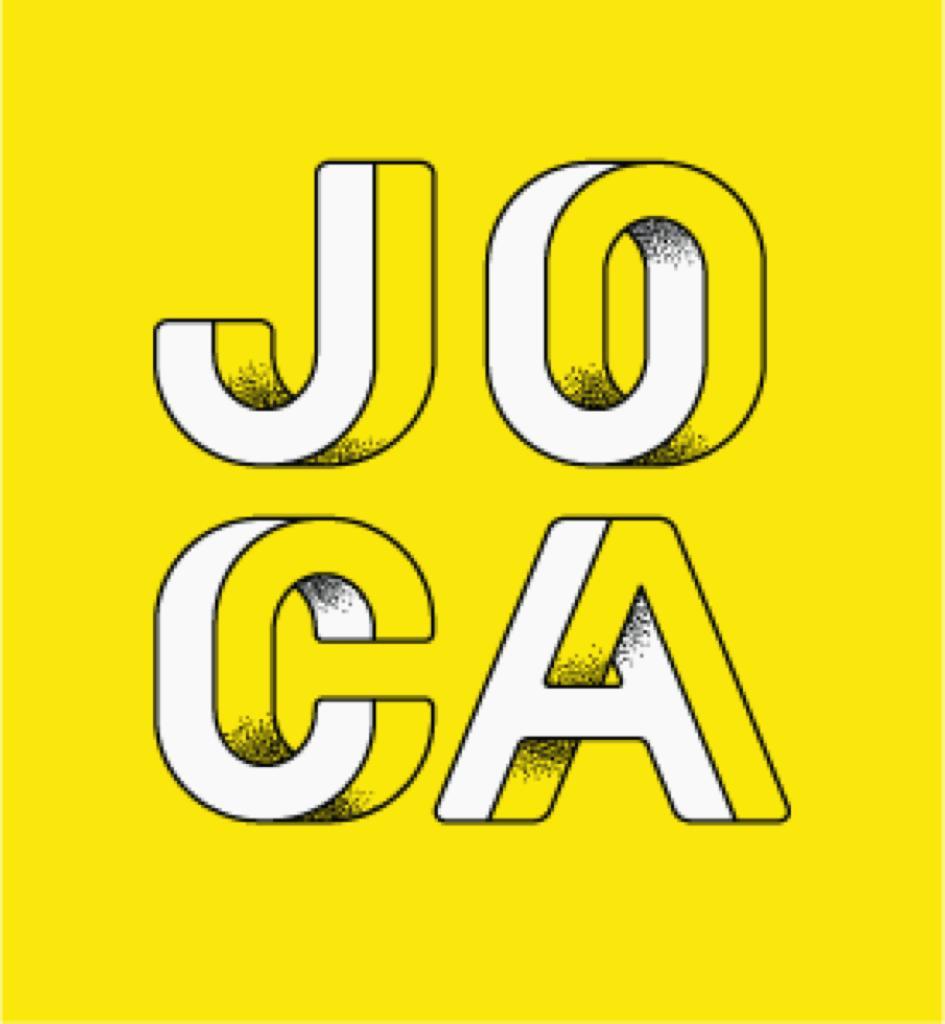



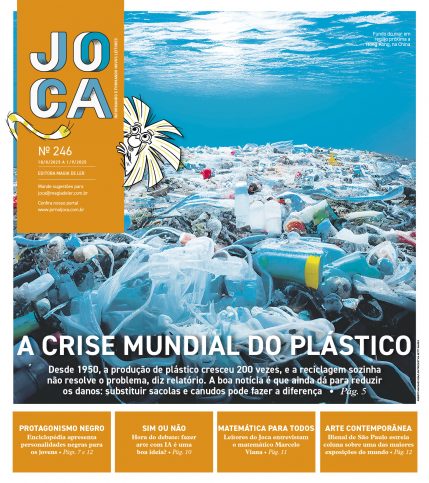

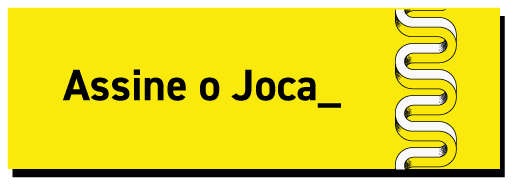


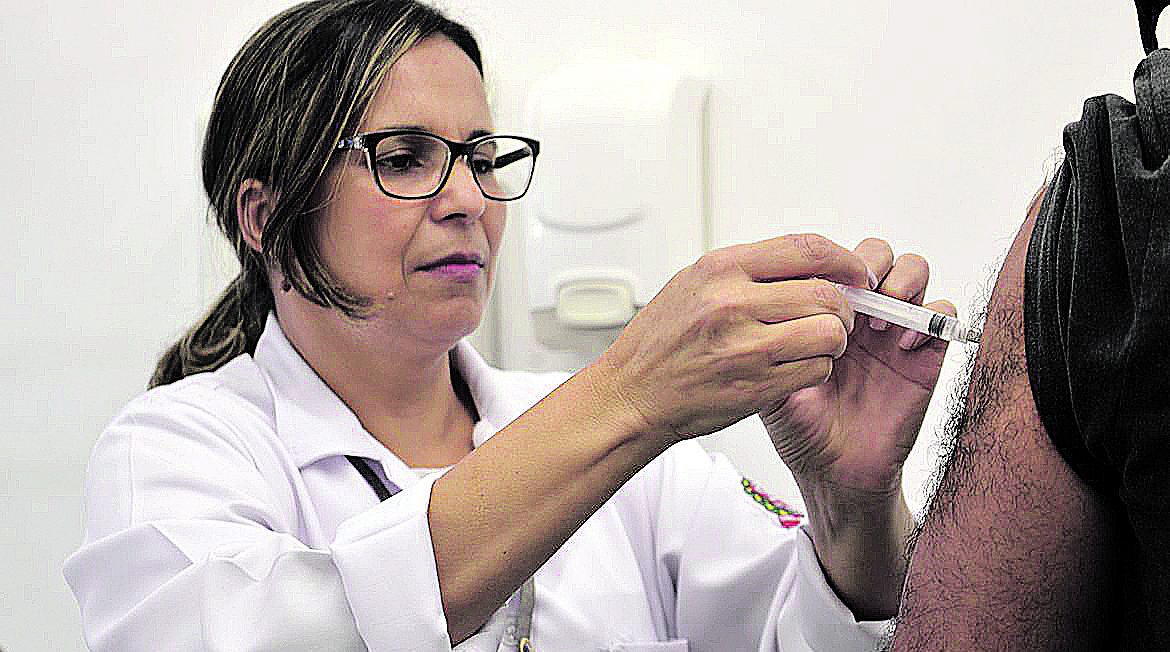
Você precisa fazer o login para publicar um comentário.